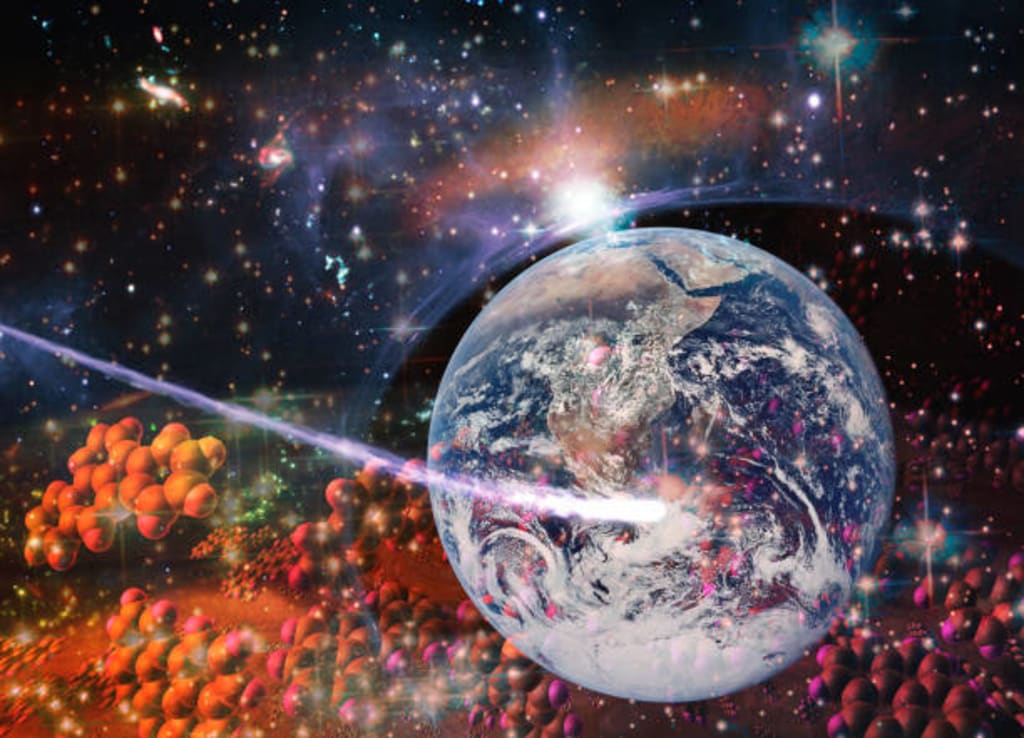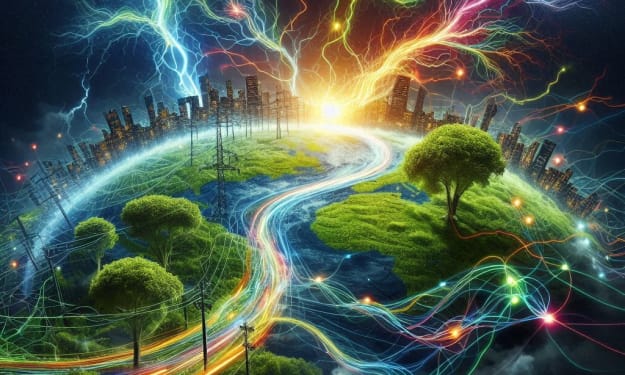The Evolution of Life on Earth
From Single-Celled Organisms to Complex Species

From the smallest single-celled creatures to the complex and diversified species that exist today, life on Earth has developed over billions of years. The narrative of life's development is an amazing one, filled with surprises along the way, successes and failures, and amazing adaptations.
In a planet vastly different from the one we know today, the earliest living forms on Earth are considered to have appeared some 3.8 billion years ago. With volcanic activity, meteorite strikes, and a lack of oxygen in the atmosphere, the early Earth was a terrible world.
Like current bacteria or archaea, the first living forms were likely basic, single-celled creatures. Despite their small size, these creatures were capable of carrying out all life's essential functions, including metabolism, reproduction, and environmental response. Wherever they could get the heat and nutrients they required to thrive, they may have lived in the seas or in hydrothermal vents on the seafloor.
These basic creatures changed and developed over time, adapting to new habitats and acquiring new modes of existence. Some species started to photosynthesize, converting carbon dioxide and water into organic molecules and oxygen using the energy of sunshine. The oxygen-rich atmosphere we currently live in is a result of this process, known as photosynthesis, which also made it possible for more sophisticated living forms to evolve.
The earliest eukaryotic cells on Earth initially formed about 2.1 billion years ago. Eukaryotic cells have a nucleus that contains the cell's genetic material and are bigger and more complicated than prokaryotic cells. They also contain organelles that serve certain purposes inside the cell, such chloroplasts and mitochondria. A significant turning point in the history of life was the formation of eukaryotic cells, which opened the door for the development of multicellular creatures.
It is estimated that the earliest multicellular creatures emerged during the Ediacaran epoch, some 600 million years ago. Simple, soft-bodied animals like these existed on the bottom and left behind fossils that provide us with information about their anatomy and behaviour. Complex animal life, however, didn't truly take off until the Cambrian explosion, around 540 million years ago.
With the emergence of several new body types and survival tactics during the Cambrian explosion, there was a phenomenal variety of living forms. Trilobites and brachiopods, the earliest creatures with hard shells and exoskeletons, as well as the first vertebrates with backbones, including fish, evolved during this time. During this period, animals' ability to perceive and react to their surroundings in novel ways was also enhanced by the emergence of sophisticated eyes and sense organs.
Life on Earth has developed and become more diverse ever since the Cambrian explosion, with new species appearing and disappearing throughout time. One significant development in the history of life was the emergence of plants and animals on land, which enabled species to colonise new areas and adapt to changing environmental factors. Another significant turning point in the development of mammals was their highly developed brains and social behaviours, which opened the way for the emergence of humans and our own special cognitive capacities.
Millions of species currently inhabit a huge variety of environments and ecological niches, making life on Earth highly diversified. In order to comprehend the events that have formed life on Earth and the mechanisms underlying its ongoing diversification, it is crucial for scientists to study evolution and biodiversity.
In conclusion, natural selection and environmental constraints have pushed the evolution of life on Earth via adaptation, diversification, and innovation from simple single-celled creatures to complex species, and the study of evolution and biodiversity is essential for comprehending these processes.
About the Creator
Honey Rajpoot
Connected to information.
Enjoyed the story? Support the Creator.
Subscribe for free to receive all their stories in your feed. You could also pledge your support or give them a one-off tip, letting them know you appreciate their work.






Comments
There are no comments for this story
Be the first to respond and start the conversation.